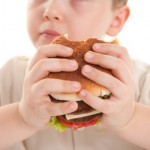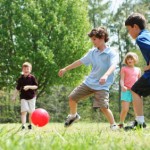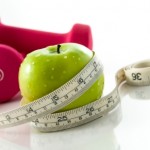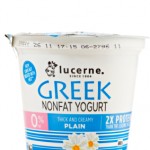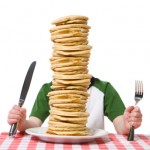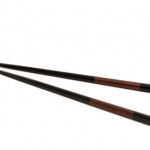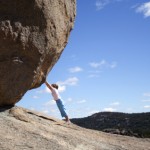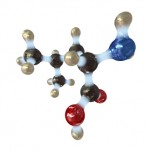I'm taking a break today from my series of posts on greenhouse gases, alternative energy source, volcanoes and global warming. All of those will affect the generations to come and those now growing up, but I want to re-examine another side of their issues. This morning I read two articles and one newspaper report on the heart health prospects for our American kids (and, by extension, kids elsewhere in the developed/rapidly developing world). The initial article came from a section of the Wall Street Journal I hadn't gotten around to reading yesterday and was about to recycle. Then I saw a title that caught my eye, "Kids' Hearth Health Is Faulted."
I found a CDC website with an explanation of the National Health and Nutrition Examination Survey, NHANES. This is a continuation of a US Public Health Service effort started 40 years ago and is updated annually. Medically-trained interviewers may well come to your town and even to your front door someday. The data they obtain is used in many ways (I'll paste in a website that leads you to some comments on NHANES as well as to a link to a video).
Now a portion of the survey/study looked at 5,450 kids between 12 and 19, finding they were a long ways from matching the American Heart Association's (AHA) seven criteria for idea cardiovascular health (see 2nd link below to Harvard's Beth Israel Deaconess Medical Center's article on the subject). The adult health measures, known as Life's Simple 7, are: 1). Never smoked or quit more than a year ago; 2). Body Mass Index (a measure of height versus weight) <25; 3). Physical activity on a weekly basis for 75 minutes (vigorously) or 150 minutes (moderate intensity).; 4). a healthy diet (four or more components meeting AHA guidelines); 5). total cholesterol <200 mg/dL; 6). blood pressure (BP) <120/80; and fasting blood glucose (AKA blood sugar) <100 mg/dL. The original article was published in the journal Circulation January 20, 2010 and is available free online. The metrics are slightly different for kids.
So where do our kids stack up? If you exclude eating a healthy diet, only 16.4% of boys and 11.3% of girls meet the standards for the other six criteria; if you include diet, none of them do. They don't eat four to five servings of fruits and vegetables a day; they also don't get enough whole-grains or fish and they consume far to much salt and sugar-sweetened drinks. Only one fifth of them even eat "fairly well."
Many of then also don't exercise on a daily basis for at least sixty minutes (50% of the boys do and 40% of the girls). More than a third are overweight or obese.
There's some hope: a just-published article in the New England Journal of Medicine, examining the data from four studies following 6328 kids, found that those who do manage to lose weight had lower risk for type 2 diabetes, hypertension, abnormal lipids and carotid artery disease.
So I'm heading to the health club and will read the 2010 Circulation tome on an exercise bike.
Thus far my one biologic grandson, about to be 12, is physically active and slender. I'll encourage him to stay that way and the non-biologic grandkids to follow his example.
More on this subject to come.
Check out these articles:
Survey Results and Products from the National Health and Nutrition Examination Survey
AHA Defines "Ideal" Cardiovascular Health

